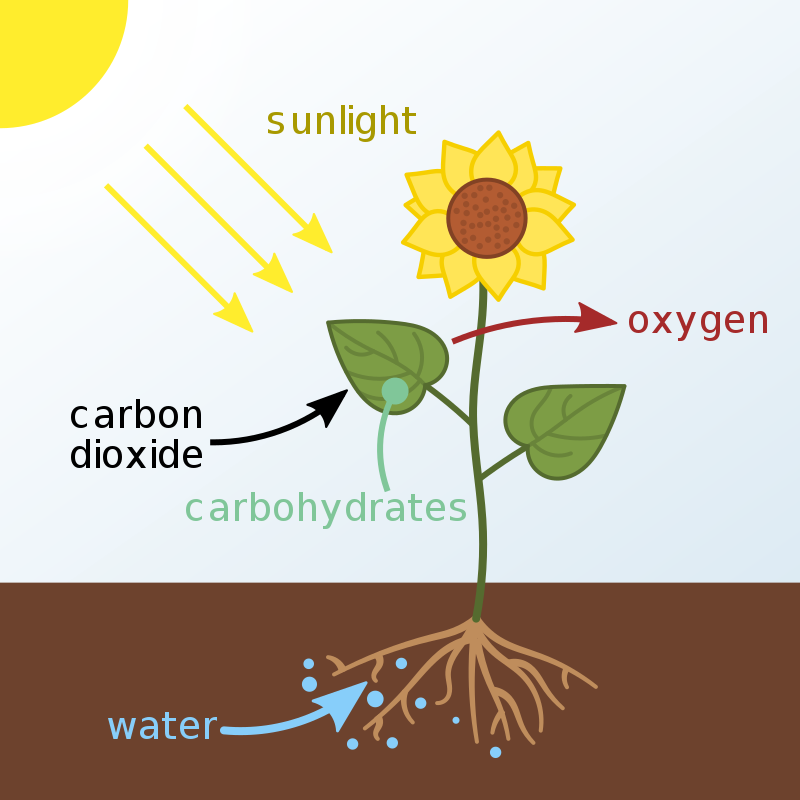Planting One Trillion Trees to Decrease Greenhouse Gas
Let’s plant trees – how about a trillion? Apparently, the earth has room for that many more.
Arbor Day is celebrated in the United States on the last Friday in April. The holiday was initially suggested by J. Sterling Morton, a Nebraska journalist and politician, and was initially celebrated on April 10, 1872.
President Nixon proclaimed Arbor Day a Federal holiday in 1970. It is the oldest environmental holiday in America, and it is worth noting that, even almost 150 years ago, the importance of trees to our environmental well-being was recognized.
Fast forward to 2019. Concerns about global warming, climate control, melting of the polar ice cap, deforestation, and pollution dominate our headlines. Countries bicker about their roles in the causes of these elements, and they bicker about their roles in the remediation of these issues.
Treaties are routinely signed and then broken. But surprisingly, one point of agreement is an idea from 1872: planting trees.

Let’s take a look at the basics of how trees can help the carbon dioxide issues that are a primary contributor to global warming. Trees breathe just as we do, only in reverse. We breathe in oxygen and breathe out carbon dioxide. Trees breathe in carbon dioxide and breathe out oxygen.
Heat is trapped in our atmosphere by excesses of carbon dioxide and other gasses that prevent the release of this heat into space. This is called the “greenhouse effect”. About half of the greenhouse effect is estimated to be caused by carbon dioxide.
As part of the photosynthesis process, trees remove this carbon dioxide to form carbohydrates to help them grow leaves and new fibers. This removal of carbon gasses, or “sequestering”, reduces the overall greenhouse effect.
One acre of forest can sequester about 2.5 tons of carbon per year, which equates to the amount generated when you drive your car about 25,000 miles a year.

Much of the greenhouse-effect carbon dioxide is generated by the production of electricity, and planting trees can have a role in reducing this also. By shading homes and offices, trees can reduce the need for cooling by as much as thirty percent. Shade can reduce internal temperatures by as much as ten degrees Fahrenheit.
Estimates are that, by planting one hundred million trees, carbon reduction would be 18 million tons, saving American consumers almost $4 billion annually on utility bills.

Several environmental groups have already started tree planting efforts, and governmental projects have been sanctioned in Australia, China, and along the Sahara Desert to prevent further encroachment. The Bonn Challenge, endorsed by the United Nations, aims to plant 350 million hectares (about 900 million acres) of previously degraded land by 2030.
In addition to all these efforts, along comes the “Trillion Tree” campaign. According to CNN, Tom Crowther, a climate change ecologist at a Swiss University in Zurich, found that we already have three trillion trees on earth – significantly higher than previous estimates. He and his team have calculated that there is room for another trillion trees, hence the campaign.
Plant for the Planet, running the trillion-tree campaign, is already responsible for having planted over a billion trees.

Tree planting is not a quick fix to the climate change problems, however. A tree may take 30 or 40 years of growth before it reaches its maximum potential to remove carbon dioxide. A better short-term fix is to reduce or eliminate large scale deforestation, estimated at 15 billion trees per year.
Crowther and others warn that, although tree planting can play a huge role in sequestering carbon, the project must be planned in consideration of the entire ecosystem to be fully effective. The decision on where the trees are planted must also take into account existing forests, grasslands, and other planted areas.
Another Article From Us: What Grows From Pain: Legless Chinese Veteran Dedicates His Life to Planting Trees
Whether the goal of a trillion trees can be reached or not remains to be seen, but the consolidation of efforts and general agreement on its viability as a solution is promising. Morton’s 1872 vision will hopefully become a 21st-century solution.





